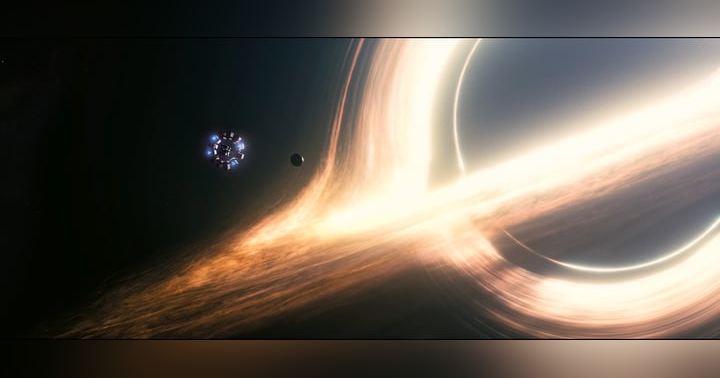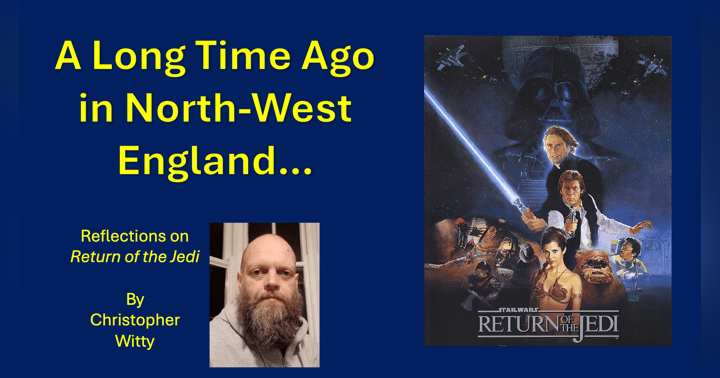After the Apocalypse: Mad Max: Fury Road

This is the way the world ends
This is the way the world ends
This is the way the world ends
Not with a bang but a whimper.
-T.S. Eliot, “The Hollow Men”
Mad Max: Fury Road (and all the other Mad Max films for that matter) belong to a greater body of film and literature exploring the speculative post-apocalyptic future. Sometimes the world goes out with a bang, like in Robert McCammon’s Swan Song, and sometimes it goes out with a whimper, like in Stephen King’s The Stand, but it seems that many writers and filmmakers love to envision what the world will be like after the world as we know it, and we consumers of media eat it up.
When I’m reading these stories or watching these films, I’m always most interested with what ended the world and with how the story wraps up – usually with some hope of rebuilding, this time the right way. The Mad Max series presents a post-apocalyptic world that has been destroyed by a nuclear war driven by nations fighting over resources. In earlier installments, the key resource in question was oil, whereas in Fury Road, it’s oil, then water. Either way, I find it totally believable. John and I recently re-watched Pacific Rim, and even though there’s a lot in that movie that stretches the limits of the imagination, my biggest issue isn’t the physics of giant metal robots or a rip in the sea floor that leads to another dimension, but that all the countries of the world would be able to unite over a common enemy. Look at how we’ve handled the pandemic: both on the micro level of people hoarding toilet paper and sanitizer, and on the macro level of nations refusing to share overstock of vaccines with other, poorer nations. I can’t imagine that certain countries would be willing to share information and resources, even if not doing so meant the end of the world as we know it. If huge interdimensional monsters roll up on us any time in the near future, I’m pretty sure we’re doomed. Governments move too slowly and are too protective of what they consider their property. I find this ludicrous, but I’m also the person who finds borders arbitrary and doesn’t really get the logic of feeling like I’m more special than someone from another country simply because I happened to be born where I was. I think I might be in the minority on that. At least it feels that way a lot of times. It isn’t political to me; it’s common sense. We’re all here, all equal, and we all deserve equal access to what is available. When we start trying to judge why someone else deserves more, we start running into trouble.
Fury Road feels more immediate to me than the previous movies in the Mad Max universe. I live in southern California where we’re constantly dealing with wildfires and droughts, so climate change isn’t just something on television for me. I can easily envision a world with no water and what people might do to get it, regardless of how it might hurt other people. In Fury Road, the old world has ended, but the people in charge are still following the old rules. They hoard ammunition, water, and gasoline and convince the have-nots that they’re special for having these materials and generous for sharing them out in crumbs. Our heroes in Fury Road, in taking back the water from Immortan Joe to share it with everyone, are rejecting the old paradigm fully to instead embrace community. To serve the needs of the many. That is true hope.
Comfort Films Episode 2: Mad Max: Fury Road (Released October 17, 2021)







